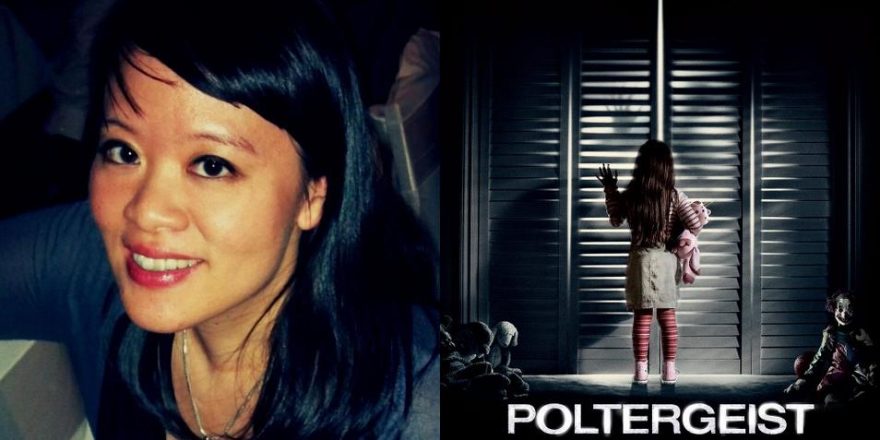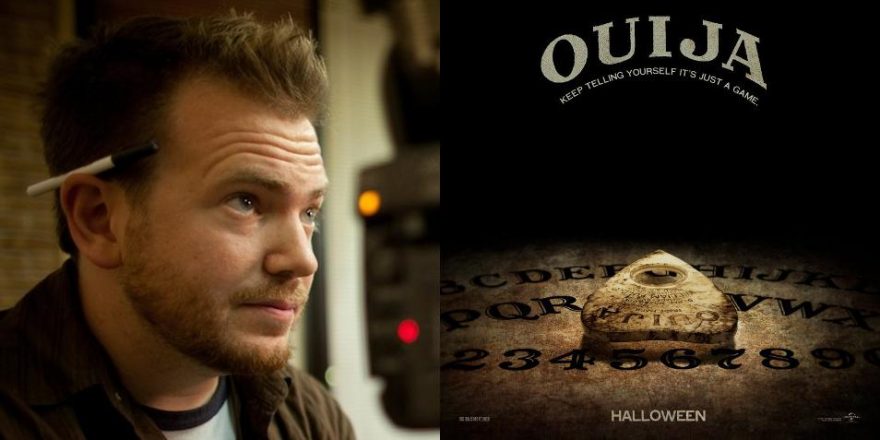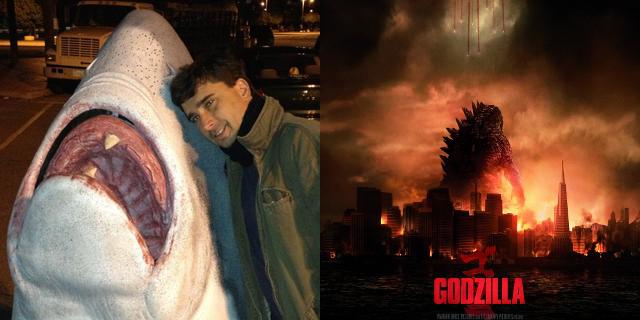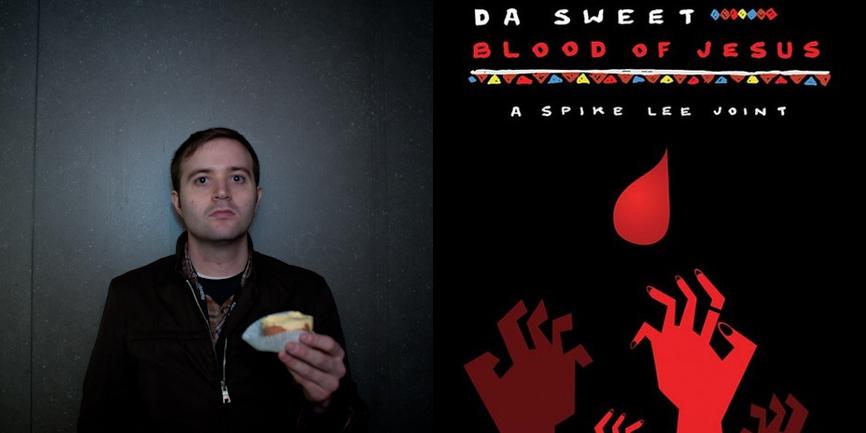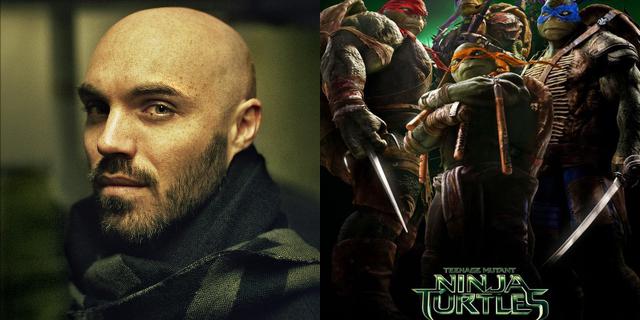People always seem surprised when I tell them I’m a huge fan of horror movies. What, can’t a producer of Sundance-y dramas and comedies appreciate a good scare-fest? Stop pigeonholing people! Yes, it’s true, I’ve loved getting the bejesus scared out of me since I secretly began watching horror films at the wee age of five, starting with The Exorcist, The Omen, The Shining and, of course, Poltergeist.
Poltergeist was doubly interesting to me because it took place in suburbia, a mythical, sun-kissed land I’d always longed for as a kid growing up in New York City. I envied suburban kids who got to loop their bikes around pristine cul-de-sacs and keep their candy after trick-or-treating. The idyllic towns and neighborhoods featured in films like E.T., Explorers, Back to the Future and The Goonies made me feel like I wasn’t living an authentic American childhood. Poltergeist was the first film that told me the suburbs weren’t all they were cracked up to be.
I saw the new Poltergeist (in 3D, annoyingly) at a screening in New York City with an audience that was half press and half black and Latino teenagers who I think may’ve won a radio contest. Watching the film with these city kids made me wonder if they felt the same way I had about missing out on an “authentic American childhood” in suburbia. If they did, it wasn’t because of this film, which offers no cheerful suburb to shatter. In fact, Gil Kenan’s 2015 Poltergeist offers no sense of place at all.
While the original Poltergeist criticized unfettered American growth and suburban sprawl (the film even started with “The Star-Spangled Banner” playing on TV and showed Craig T. Nelson’s character reading a book about Reagan), the new Poltergeist has nothing to say about our modern world. We are told that Sam Rockwell’s character was laid off by John Deere, prompting the family to downsize their abode, but this tidbit of information is ultimately inconsequential to the film’s themes (because, well, there are none). The only thing this information did was make me wonder why two jobless parents were buying instead of renting.
Why do the ghosts target the Bowens? Merely because their little girl Maddie is so “full of life”? Weak!The original Poltergeist showed that there are consequences to unchecked prosperity. The Freelings were the first family to move into the Cuesta Verde development, and Papa Freeling (Nelson) was the developer’s top seller. It’s no wonder the wronged ghosts targeted his family! But why, in Kenan’s Poltergeist, do the ghosts target the Bowens? Merely because their little girl Maddie is so “full of life”? Weak! In spite of Rosemarie Dewitt and Sam Rockwell’s best efforts, I didn’t really care about the loving but generic Bowen family. I also kept thinking in Act I that I was watching a Sundance dramedy. That’s not a knock on Rockwell’s talent or oeuvre, it’s a knock on the film’s uneven tone. The two youngest Bowens, played by Kyle Catlett and Kennedi Clements, were quite good.
But something that really stuck in my craw about Kenan’s film was that it focused on the POV of Griffin Bowen, the boy of the family. We are in his head the most, and he — not the mother, as in the original film — ends up being the hero who saves Maddie. Not only does the boy save the girl, the family is aided by a male clairvoyant played by Jared Harris, who does an acceptable job, but doesn’t hold a candle to Zelda Rubinstein’s Tangina. And the only two characters of color are the teen daughter’s friend who has a few humdrum lines over Skype, and the black female paranormal researcher, who was the least developed character in the whole film — a stark difference from the more equal screen time given the black and white researchers in the original Poltergeist.
At a time when so many of us are decrying the lack of female and POC roles and agency in film, it feels especially disheartening that Poltergeist takes a big cultural step backwards from its 33-year-old predecessor. There’s even an acknowledgment of white colonialism in the original film that doesn’t land the same way when similar lines are spoken in the new one. In the original, Freeling’s boss tells him not to worry about relocating the cemetery to build more houses: “After all, it’s not an ancient tribal burial ground. It’s just… people.” Because the new Poltergeist doesn’t place its story in any cultural or political context, the same lines feel empty, even offensive, since the only meaning you could reasonably extract from them is that Native American ghosts are crazier and scarier. The black and Latino kids in my audience made me even more aware and ashamed of our lack of alternatives to the white male hero in American cinema. His dominance is so unquestioned, his persistence so stubborn, that we cannot even escape him in a second-rate horror remake.
Politics aside, if you enjoy technically proficient but shallow, by-the-numbers, brute-force scares, this is the film for you. Just don’t expect any memorable images like maggots erupting from a chicken drumstick or skeletons bobbing out of a pool. Also, throw logic out the window and don’t bother asking questions like, “What’s the point of that stupid (all-white) dinner party the parents go to?” or “Why is the clairvoyant willing to sacrifice himself for this family he just met?”
Karyn Kusama, who most recently directed The Invitation (a horror movie co-financed by my company Gamechanger Films that will be released by Drafthouse Films next year) says, “Genre films are an incredibly important statement about where we are culturally… a reflection of what we’re wrestling with. We can look at those movies in a time capsule… and know something about the concerns of our times.” The original Poltergeist posited that there was a price to pay for American economic prosperity run rampant. The 2015 Poltergeist offers no such message; it is not actually about anything. But, come to think of it… perhaps that’s the point? Perhaps this soulless remake does reflect our times after all (at least our cinematic times): devoid of inspiration and thoughtfulness, and rife with lazy complacency.


